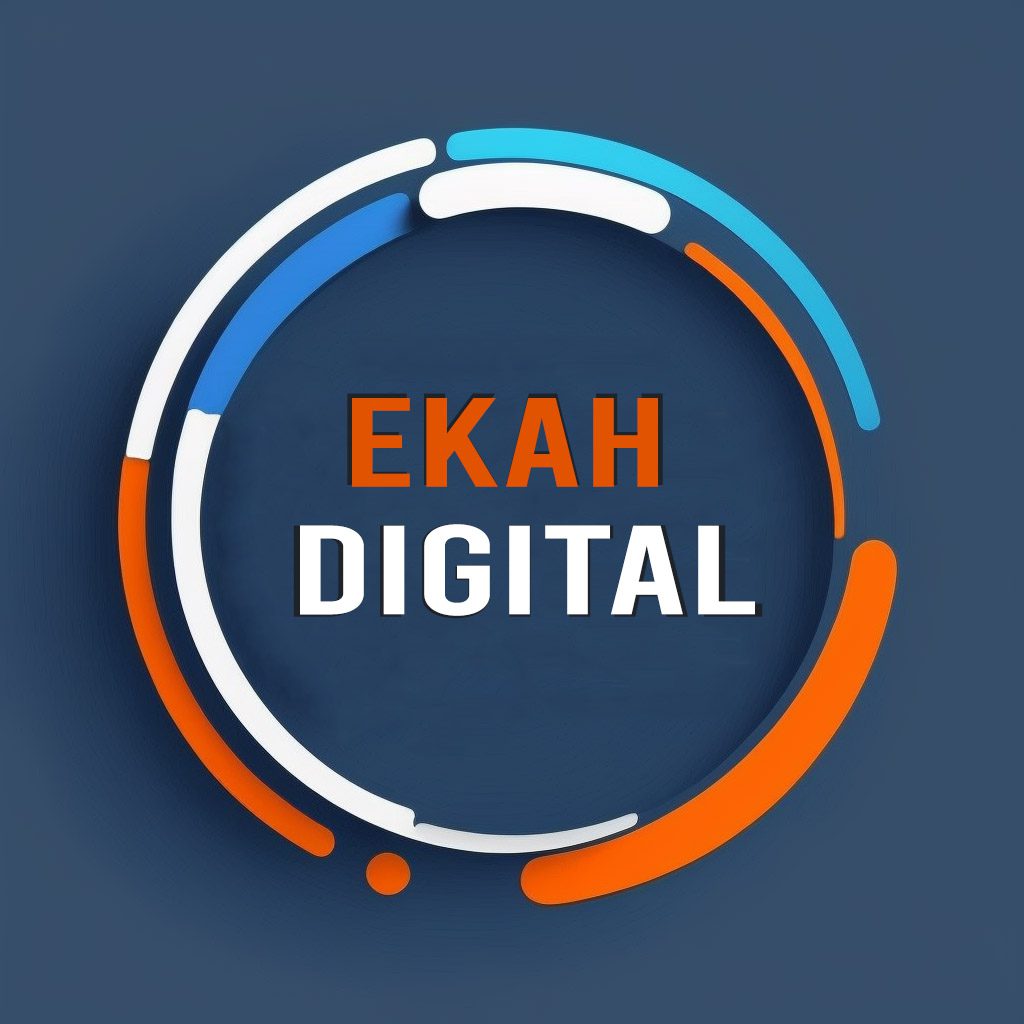
Why Social Media ?
Social Media Marketing Is Important In New Digital Age. Today’s In World More Than 3 Billion People Are Using Social Media Social Media Platforms Offer An Unparalleled Opportunity For Businesses To Connect With Their Customer And Prospects In A More Authentic Engaging Way .
Social Media Marketing Also Provides Business With Valuable Insights Into Their Audience’s Behaviours, Preferences, And Need. This Data Can Be Used To Develop More Effective Marketing Strategies And Personalized Campaigns Leading To Higher Conversion Rates And Stronger Customer Loyalty .
Advantage Of Social Media Marketing
Social Media Marketing Is A Cost-Effective Way To Promote Products And Services, As It Often Requires Little To No Investment In Traditional Advertising Methods. By Leveraging Social Media Platforms, Businesses Can Create Engaging Content That Not Only Attracts New Customers But Also Encourages Existing Ones To Share And Promote Their Brand.
What We Are Giving ?
Benefits of Working with EkahDigital Marketing Agency
Expertise: Our team has years of experience in social media marketing, and we stay up-to-date on the latest trends and best practices.
Customized Strategy: We don’t believe in a one-size-fits-all approach. We develop a customized social media strategy that is tailored to your business’s unique needs.
High-Quality Content: Our team of content creators will develop high-quality content that is optimized for each social media platform.
Results-Driven: We focus on delivering results for our clients. We continuously monitor and optimize your social media strategy to ensure that it is delivering the best possible results.
WHY US
Social Media Marketing with Ekah Digital Marketing Agency
If you’re looking to take your social media marketing to the next level, Ekah Digital Marketing Agency can help. As a full-service digital marketing agency, we specialize in creating effective social media strategies for businesses of all sizes.
Our Process Research and Analysis: We start by researching your industry, target audience, and competitors to develop a deep understanding of your market. This helps us create a strategy that is help to your business’s unique needs.
Strategy Development: Using the insights we’ve gained from our research we develop a social media strategy that is designed to achieve your business’s goals. This includes choosing the right platforms, creating a content calendar, and developing a plan for engaging with your audience.
Content Creation: Our team of content creators will develop high-quality content that is tailored to your brand and resonates with your audience. This includes everything from images and videos to blog posts and infographics.
Implementation: Once your strategy and content are in place, we will implement your social media plan. This includes posting content, engaging with your audience, and monitoring your metrics to ensure that your strategy is working as intended.
Optimization: We continuously monitor and optimize your social media strategy to ensure that it is delivering the best possible results. This includes adjusting your content, targeting, and messaging based on what is resonating with your audience.
